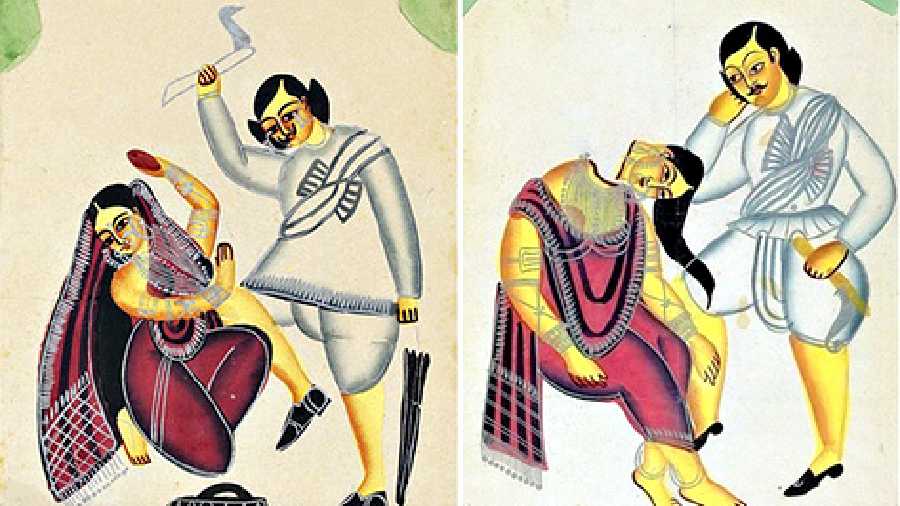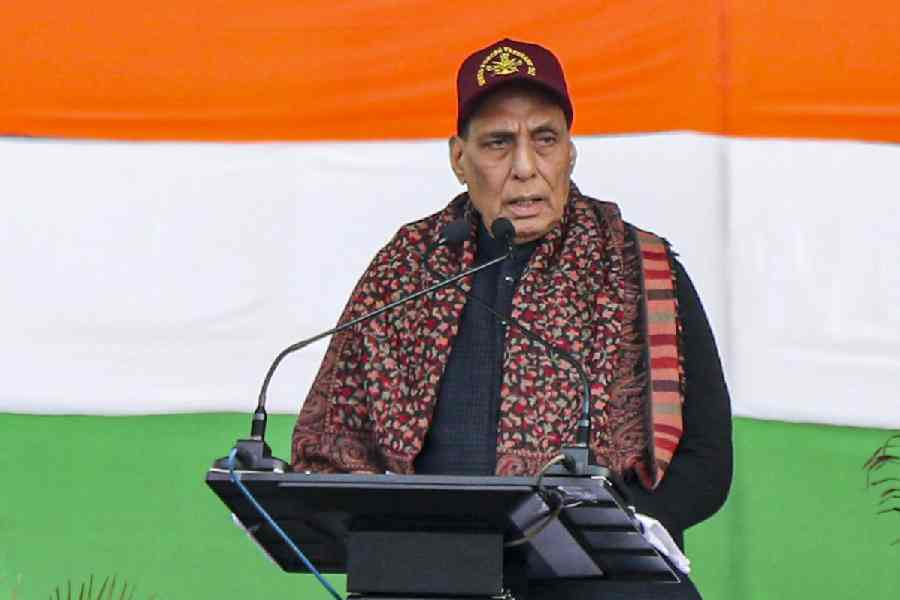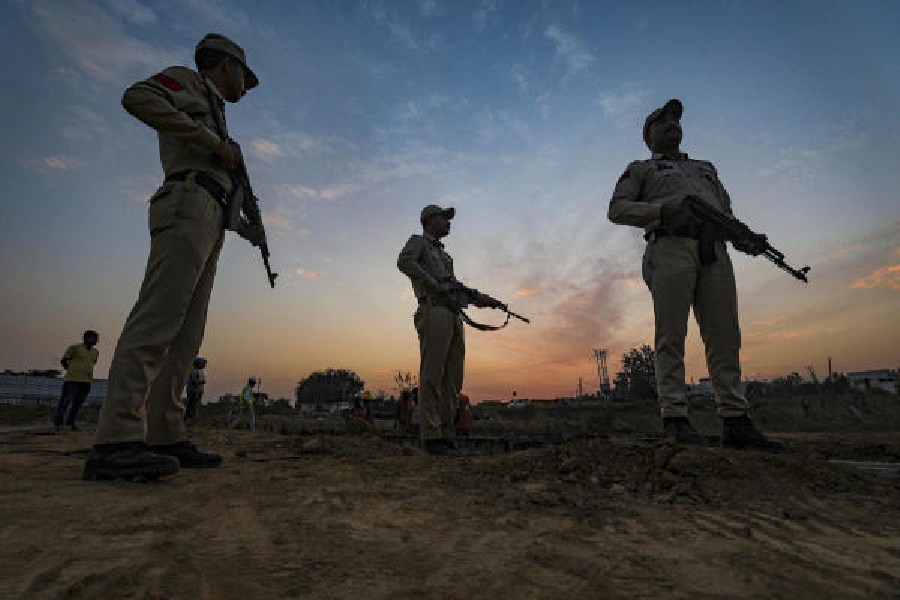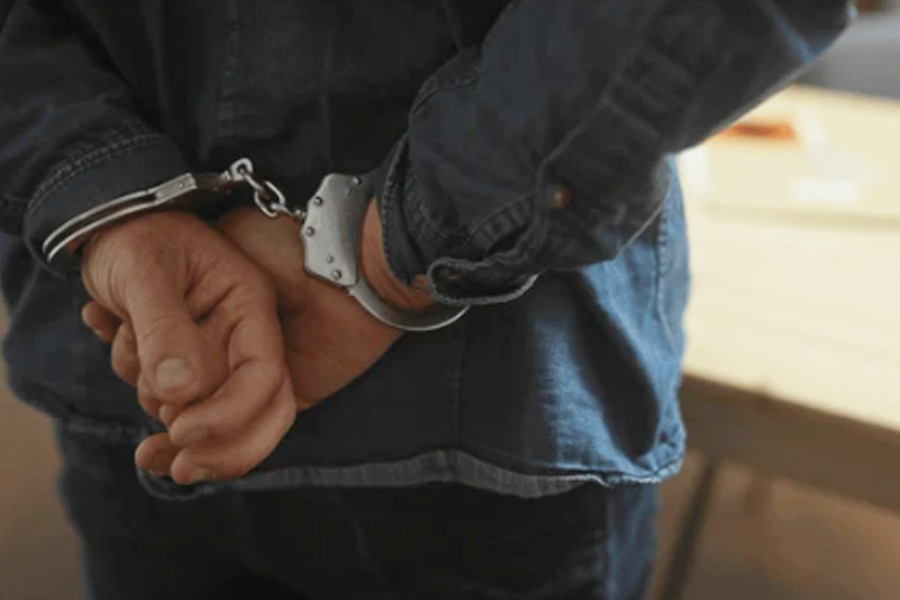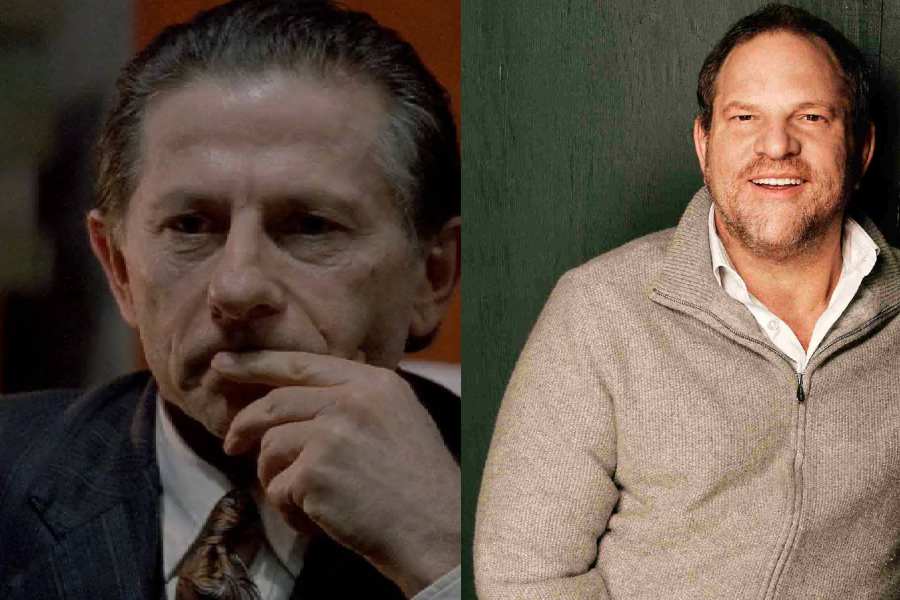Sunil Nair is a journalist with an interest in diverse matters, including true crime. This book reflects his interest in crime in colonial India, on which he is one of the most knowledgeable people around. He writes in the Introduction, “I have, therefore, chosen to narrate some of my favourite tales of crime in British India and write about the people who committed them. A couple of them are well-known, but most, I believe, are pretty obscure. So much so that I was a little sad on finding that not one of my several Bengali friends in the media had ever heard of the infamous Pakur case that shook up Calcutta in the early 1930s.” This is a fascinating idea and crime — true crime — never ceases to enthrall.
Accordingly, seven of the twelve chapters are about specific murders, while one is about Daku Sultana. Why these seven murder cases and not others? That choice is the author’s right. However, had one asked the Bengali friends, they would have probably suggested the inclusion of the Bhawal sannaysi case, which not only captured the public imagination but also left a legacy in films and fiction. They might have also suggested the Tarakeshwar Mahant Elokeshi affair (picture), the first adultery case to be tried under the then new Indian Penal Code. The murder made Elokeshi so famous that toiletries were sold under her brand name and she featured in works of art. Alternatively, the 1852 murder of a hijra named Bhoorah changed British attitudes toward hijras. What about the 1900 killing of his servant by Maharaja Ram Singh of Bharatpur? The list can go on. In choosing a list of crimes to include, there should be some criteria — they captured the public imagination; led to a change in colonial policy; influenced detection and jurisprudence in novel ways. That filter is not clear, as these instances of omission point out. Instead, it seems as if Nair included crimes he had collected material on.
Fair enough; even that can make for a good read. But the trouble with the author’s writing style is that the characters never come alive. It is as if a court recorder is recording the facts; that too, briefly. True crime fascinates, in visual and print form. I can reel off the names of at least a dozen Indian books on true crime. They grip you, because without deviating from facts, they dramatise and make everything seem real. This book, though its objective is laudable, falls short.
That still leaves four chapters. Those are generic — on thugees, dacoits, professional poisoners and railway thieves. These “shine a spotlight on certain classes of criminals who led the police a merry dance in their time and whose activities could probably never be entirely brought to a close.” (The GIP Railway Murder figures as a separate chapter.) On railway thieves, the author got most of his information from M. Paupa Rao Naidu’s book, The History of Railway Thieves, with Hints on Detection. Nair cites a 1996 edition. The edition I possess is from 1904, and it is a third edition. Like Nair, Paupa Rao Naidu had broader interests. He wrote books titled, The History of Professional Poisoners and Coiners of India and similar stuff. Had the author read all of Paupa Rao Naidu’s works (including that on professional poisoners), the last chapters of this volume would have been enriched. Plus, there was Hargrave Lee Adam, who also wrote on true crime in British India (1908).
This is a pretty ordinary book, though it promised much more.

